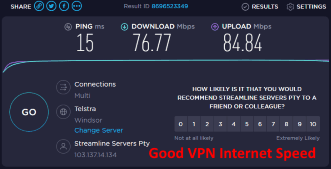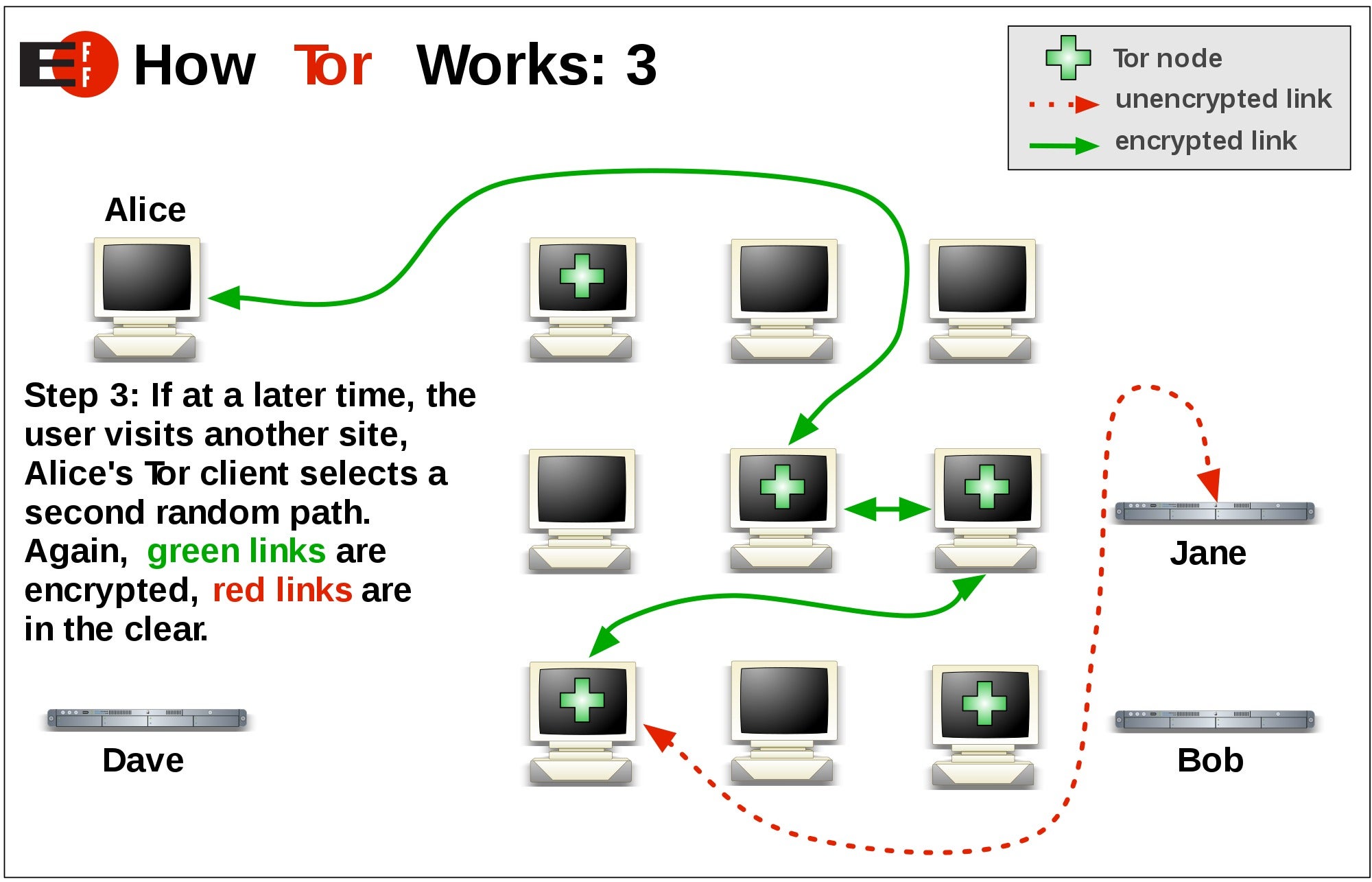

In the real world, you'd need to set more than one header. Headers are easy to alter with cURL, and providing the User-Agent header of a proper browser could do the trick. This webpage simply displays the headers information of your request. If you want to learn more about headers, the Wikipedia page is great. Just by looking at the "User-Agent" header, Google knows that you are using cURL. One of those pieces of information precisely describes the client making the request, the infamous "User-Agent" header. Headers are small pieces of information that go with every HTTP request that hits the servers. The thing is, if you just run curl Google has many ways to know that you are not a human (for example by looking at the headers). One of the easiest ways to pull content from an HTTP server is to use a classic command-line tool such as cURL. When you open your browser and go to a webpage, it almost always means that you ask an HTTP server for some content. Imitate The Tool: Headless Chrome Why Headless Browsing? This post will guide you through all the tools websites use to block you and all the ways you can successfully overcome these obstacles. There are two main ways to seem human: use human tools and emulate human behavior. So, when you scrape, you do not want to be recognized as a robot. They only want to serve content to real users using real web browsers (except when it comes to Google - they all want to be scraped by Google). The main problem is that most websites do not want to be scraped. Individuals and researchers building datasets otherwise not available.Bank account aggregation ( Mint in the US, Bankin' in Europe).SEO (search engine result page monitoring).There are many use cases for web scraping: So, scraping is often the only solution to extract website data. Well, not every website offers an API, and APIs don't always expose every piece of information you need.

"But why don't you use the API for this?" Web scraping or crawling is the process of fetching data from a third-party website by downloading and parsing the HTML code to extract the data you want.


 0 kommentar(er)
0 kommentar(er)
